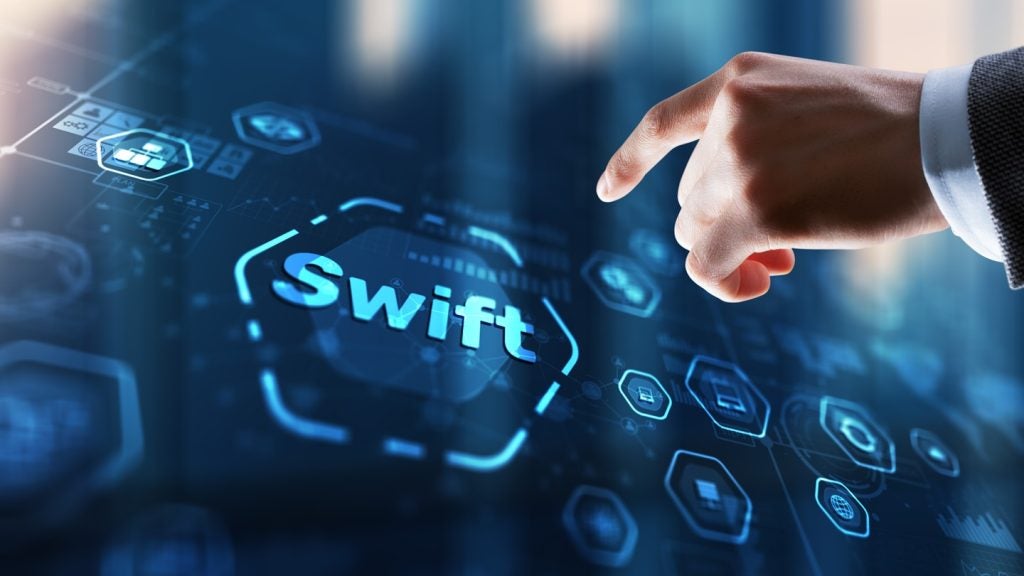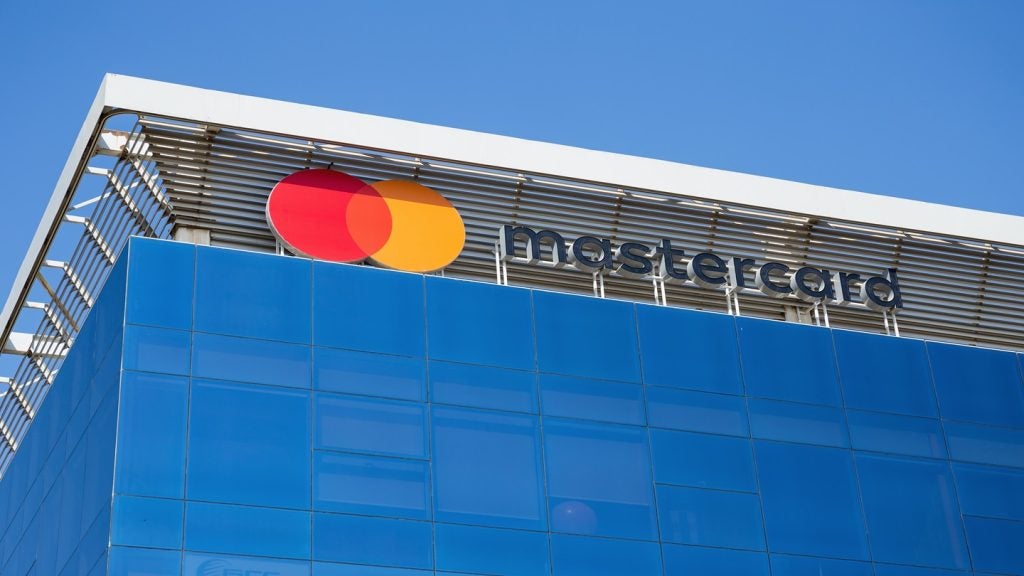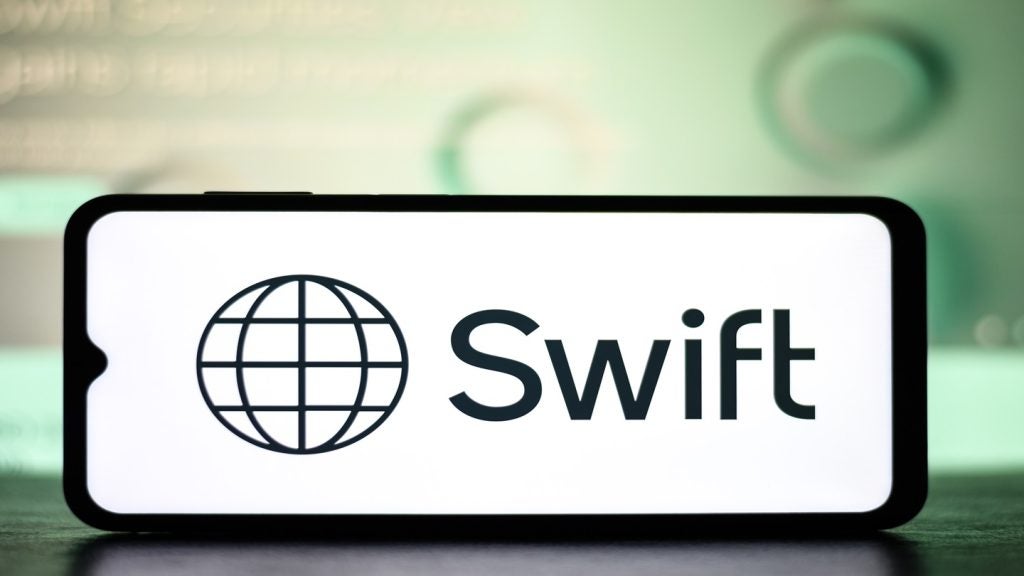As mobile phones are used increasingly to transfer complex
information such as pictures and videos, it is unsurprising the
technology has also been adapted to transfer money. John
Hill takes a close look at how the nascent mobile payment
industry is progressing and how contactless is accelerating its
evolution.
Mobile phones are becoming an increasingly common sight across the
planet. Many developing areas of the globe have a higher
penetration of mobile phones than they do bank accounts.
Unsurprisingly, the spread of mobile payment services has been
rapid, helped in a large part by the wide availability of mobile
handsets that have not only become cheaper but more sophisticated
and with increased functionality.
There are an estimated 4.1 billion mobile handsets across the
globe, and penetration has blossomed from around 10 percent of the
global population at the turn of the century to just over 60
percent at the end of 2008.
The International Telecommunications Union (ITU), an agency of the
United Nations, recently released a survey showing growth in mobile
phone usage is especially high in developing areas, specifically
Africa, a region that has rocketed from 2 percent penetration in
2000 to 28 percent at the end of 2008.
The report also highlights the growth of mobile technology over
more traditional methods, Gambia having around 50,000 fixed line
subscribers, but over 800,000 mobile subscribers.
How well do you really know your competitors?
Access the most comprehensive Company Profiles on the market, powered by GlobalData. Save hours of research. Gain competitive edge.

Thank you!
Your download email will arrive shortly
Not ready to buy yet? Download a free sample
We are confident about the unique quality of our Company Profiles. However, we want you to make the most beneficial decision for your business, so we offer a free sample that you can download by submitting the below form
By GlobalDataVariances in payment models
Mobile payments are categorised into several areas: firstly there
is contactless or NFC (near field communication) payment, where the
phone contains a radio chip that allows it to be used the same way
as a contactless card at contactless-enabled POS terminals;
secondly the phone can be used to access the internet as with any
other internet banking access point; thirdly, the phone can be used
as a wallet, meaning the user can transfer funds directly from
their phone to the recipient (usually via SMS), which could be
either another mobile phone or an account, called remote
transfer.
This last method has two flavours – either the money the user
transfers is billed to their account with their mobile service
provider (known as direct billing), or it is subtracted from an
account held with a third party.
These systems are popular to varying degrees within different areas
across the globe. Many services in the US rely on a full browser
and credit card, but this approach is impossible in developing
markets, where many people do not have a bank account or bank
card.
To this extent there seems to be a preference in Europe for
contactless technology, while Americans prefer using their phones
as banking portals, and many developing countries predominantly use
SMS money transfer schemes – M-Pesa was launched in Kenya as a
domestic remittance provider in 2007 and now has six million
users.
Some would argue that contactless technology has yet to really take
off in Europe, despite the success of such schemes as the Oyster
public transport card in London. While there may be some doubts
about contactless technology in plastic cards, there are some truly
powerful players driving the use of contactless chips in mobile
handsets.
As well as payment networks like Visa and MasterCard who are
promoting contactless in all its forms, there are handset
manufacturers like Sony Ericsson, processors and transfer
specialists like First Data and telecommunication companies like
Orange (a subsidiary of France Telecom) focusing on mobile phone
applications of the technology.
Håkan Djuphammar, vice-president of systems architecture for mobile
handset manufacturer Ericsson, even went so far in June of this
year as to predict the technology will be prolific by 2010: “A year
from now basically every new phone that’s sold will have NFC. It’s
a two-way, bi-directional RFID communication link that makes this
device work as a tag or as a reader.”
Visa expands mobile in Europe
Accordingly Visa Europe is now looking into ways it can promote
mobile contactless technology. Mary Carol Harris, Visa Europe’s
head of mobile, explains what they are planning.
“The infrastructure that’s being rolled out for contactless cards
is also valid for mobile, and so our strategy in Europe is one of
getting a Visa application onto a RFID chip in mobile phones,
enabling contactless transactions. We currently have quite a few
pilots in progress around the world, although the majority are in
Europe,” she told CI. “We have live implementations in the UK,
France and Turkey. We are also running pilots in Finland as well as
several other countries this autumn.”
According to Harris, mobile contactless payments offer two key
benefits to consumers: convenience and a better user
experience.
“For instance, consumers can see their payments, as well as what
they’ve spent on the handset, and as we almost always take our
mobile phone with us wherever we go that can be a great help. One
of the reasons our focus is on mobile contactless is because market
conditions are great right now, which is aided by the fact there is
a very sophisticated base of mobile phone users in European
countries,” she added.
Harris also thinks that a lot of the progress being made in putting
the infrastructure in place is due to a higher level of
co-operation between the various different industries
involved.
“Certainly what we’re seeing in Europe is a much more collaborative
approach than there was previously. In France, for example,
operators and banks are actually working together to try to roll
out the processes, standards and specifications to enable
commercial mobile payments,” she explained.
“The EPN initiative in France involves almost all of France’s
biggest banks as well as the country’s largest mobile operators.
We’re seeing a similar operation in Switzerland, with a consortium
being formed, as well as the UK, where mobile network operators are
meeting regularly to discuss how far they need to go to collaborate
to roll out mobile payment services. Visa is involved in all these
initiatives and we are seeing a much more collaborative approach
than we saw a few years ago.”
She continued: “We see contactless as the most logical route into
mobile payments, simply because the majority of payments are made
in the physical world, so even countries like Germany and the UK,
where there’s an exponential growth in e-commerce, the majority of
payments that consumers make are still face-to-face. If you’re
going to evolve behaviour and evolve the way consumers transact
it’s most logical to enter through the physical world of
contactless rather than through the remote space.”
One of the largest obstacles facing the adoption of mobile payments
on a large scale by the mass market is the issue of security. As
media reports continue to emerge that fraud is happening with chip
and PIN, a system that was touted as almost completely secure,
consumers are understandably wary of trusting their bank details
with a relatively new technology such as mobile contactless.
Despite the major banks and processors promoting the technology
assuring customers the processes are secure, there are still many
doubts around the new systems.
Mobile payment alliances
Pam Zuercher, global head for mobile initiatives with Visa Inc,
thinks their new partnership with US communications specialist
Neustar is a solid step forward in addressing security
concerns.
“When you talk about Visa and Neustar, from a security perspective,
that’s really our heritage – enabling complex and trusted
transactions and providing security and global interoperability in
our respective industries. That’s very much a core and a foundation
to what we do,” she explained.
Zuercher went on to explain how Visa is attempting to address some
of the more obvious security issues.
“If you look at what we are doing with remote payments,” she said,
“we are actually removing the financial information from day-to-day
transactions, and only asking a consumer to put in an alias to
initiate a financial transaction. The alias is then sent to
Visanet, where we are then able to provide access to the consumer’s
financial account information within our secure environment.
“In terms of the safety of mobile contactless, the users’ financial
data is stored on a chip, but stored in a secure way,” she told CI.
“We have the same protection that we have in place in our
traditional magstripe products and our traditional chip products.
There is also the added security from the mobile phone itself,
meaning that if your phone is lost or stolen you still have
password protection on a mobile wallet or mobile device so it can’t
be used by anyone but you, and at our end we also have the ability
to remotely disable an account.”
There needs to be demand from merchants and consumers, as well as
education for both sides when attempting to promote and roll out a
specific system. Harris thinks that it is this lack of awareness of
mobile payments that is an important issue which needs to be
addressed.
“There are certainly a couple of areas where we [Visa] have a
little bit of work to do over the next 12 to 18 months. Handsets
are one area, and the other is acceptance from a merchant
perspective. Having said that, we’re seeing differing results in
different countries, so while in the UK we will have approximately
10,000 terminals by the end of this year, in Turkey we will have
around 40,000 terminals by the end of 2010.
“It has been the smaller more innovative merchants in the UK that
have implemented contactless first. They see it as a
differentiator, they can see the business benefits; speeding up a
queue of customers, getting consumers in and out of their retail
environment more quickly and so on. However, we’re now on the cusp
of some of the Tier One merchants actually looking at the
technology and implementing it. It is our anticipation that over
the next few months we will see a rapid increase in the number of
merchants that embrace the technology.”
Asia-Pacific, Middle East and Africa
Despite the growth and development of the mobile payments industry
in both Europe and the US, it is the Asia-Pacific region
(specifically China, Japan and Korea) that is at the forefront of
the m-payment revolution, closely followed by Africa, Middle East
and Eastern Europe.
According to technology consultancy firm Gartner, there will be
73.4 million mobile payment users globally in 2009, up 70.4 percent
from 2008 when there were 43.1 million users. Mobile payment
penetration in Western Europe is expected to rise from 0.9 percent
in 2009 to 2.5 percent in 2012, and from 1.7 percent to 3 percent
in North America; penetration in Asia-Pacific and Japan will rise
from 2 percent in 2009 to 3.8 percent in 2012. Mobile payment
penetration in Eastern Europe, the Middle East and Africa (EMEA)
and Latin America is also expected to exceed 3 percent by
2012.
Sandy Shen, research director at Gartner, explains the trends in
Asia: “Following the popularity of mobile money services in
countries such as the Philippines, where 80 percent of the
population has mobile access but only 20 percent have bank
accounts, we are seeing rising interest from both mobile operators
and financial institutions in offering the service in emerging
markets.
“Mobile payment has very different user cases and impact on
developing markets to that of developed markets,” Shen said. “In
developing markets, together with mobile banking, it allows people
to use financial services in a more efficient way – and sometimes
the only way – at more affordable costs, and can greatly improve
standards of living. In developed markets, mobile is more of an
extension of the existing payment infrastructure that allows people
to deal with their financial needs on the go and in a timely
fashion.”
Shen also believes mobile payment has a distinctly humanitarian
edge, providing much-needed resources to the underbanked.
“The most profound impact of mobile banking and payment services is
that they provide the non-banking population with access to modern
financial services, giving them tools to improve their living
standards. For mobile operators, mobile payment can help attract
and retain users and generate new revenue streams. For financial
institutions, mobile payment is an opportunity to reach users who
may have been previously unreachable, due to a lack of retail
infrastructure.”







